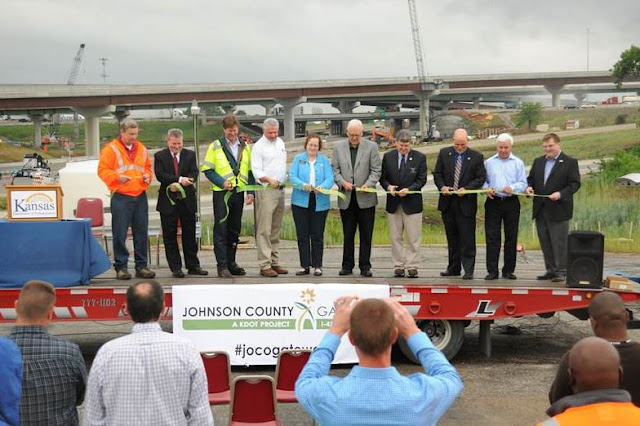Last week, KDOT along with five other state
departments of transportation and the Federal Highway Administration, signed an
agreement today that will improve pollinator habitat along Interstate 35, a key
migratory corridor for Monarch butterflies.
In the past year, I-35, which passes through Minnesota, Iowa, Missouri, Kansas,
Oklahoma and Texas, was identified as a corridor that could be enhanced as
butterfly habitat through the increased planting of vegetation that provides
refuge and a food source.
“Kansas roadsides have been a haven for Monarchs since 2008 when KDOT started
planting butterfly milkweed and other native wildflowers on the roadsides,”
Scott Shields, KDOT Environmental Scientist, said. “We are excited to partner
with other states on I-35 to provide education and habitat for these important
pollinator insects.”
This agreement establishes a cooperative and coordinated effort to establish
best practices and promote public awareness of the Monarch butterfly and other
pollinating insects.
Monarch butterflies hatch in late summer or early fall, wintering in Mexico. In
the spring, butterflies begin their 2,000-mile trek north. Along the way, they
lay eggs that develop into butterflies that finish the trip and begin the cycle
again.
“We are trying to build awareness about the best practices for pollinators,”
Shields said. “We are hoping that we can create a habitat that benefits the
Monarch butterflies and other critically important pollinating insects so that
they can thrive. This benefits everyone in the long run.”

























